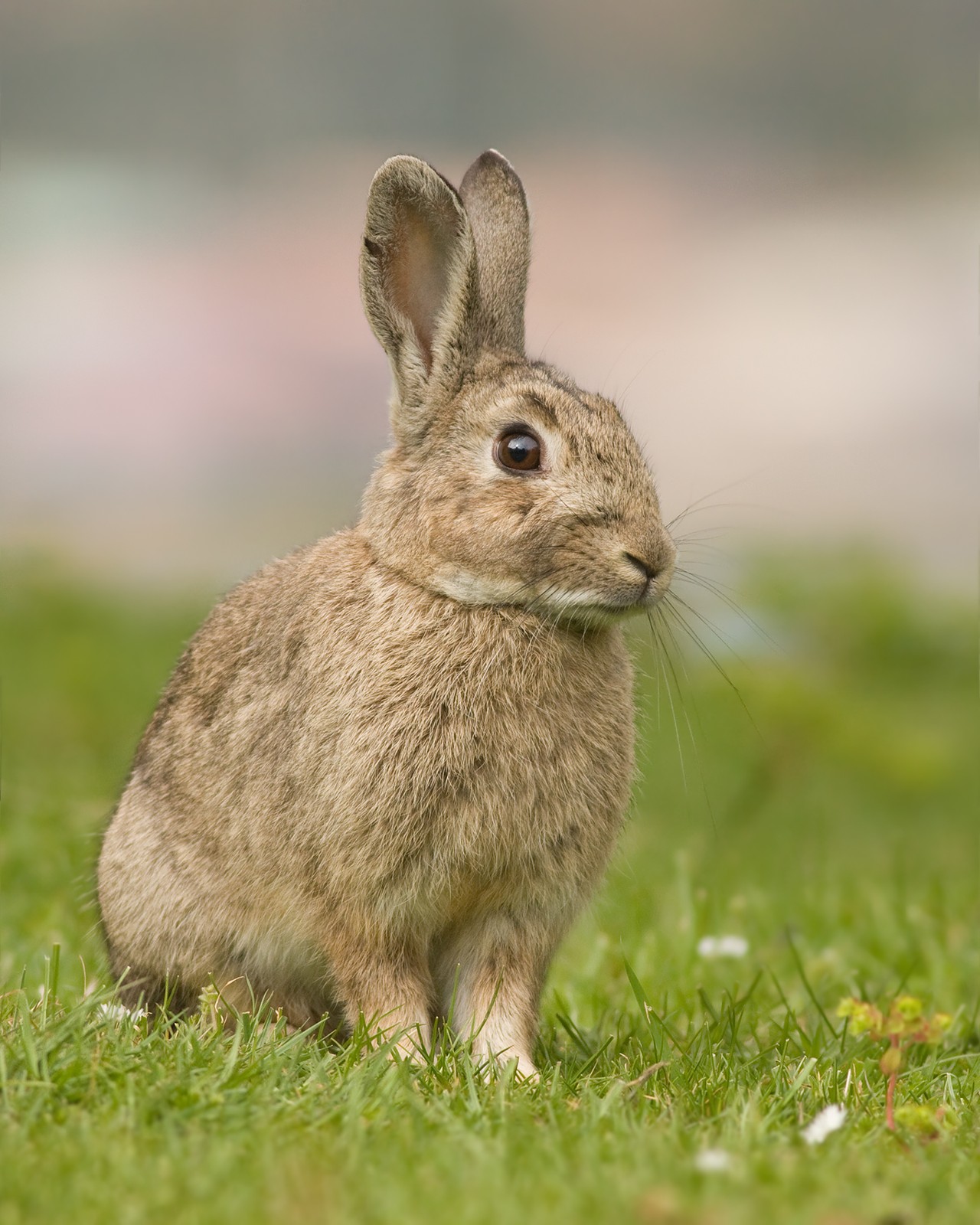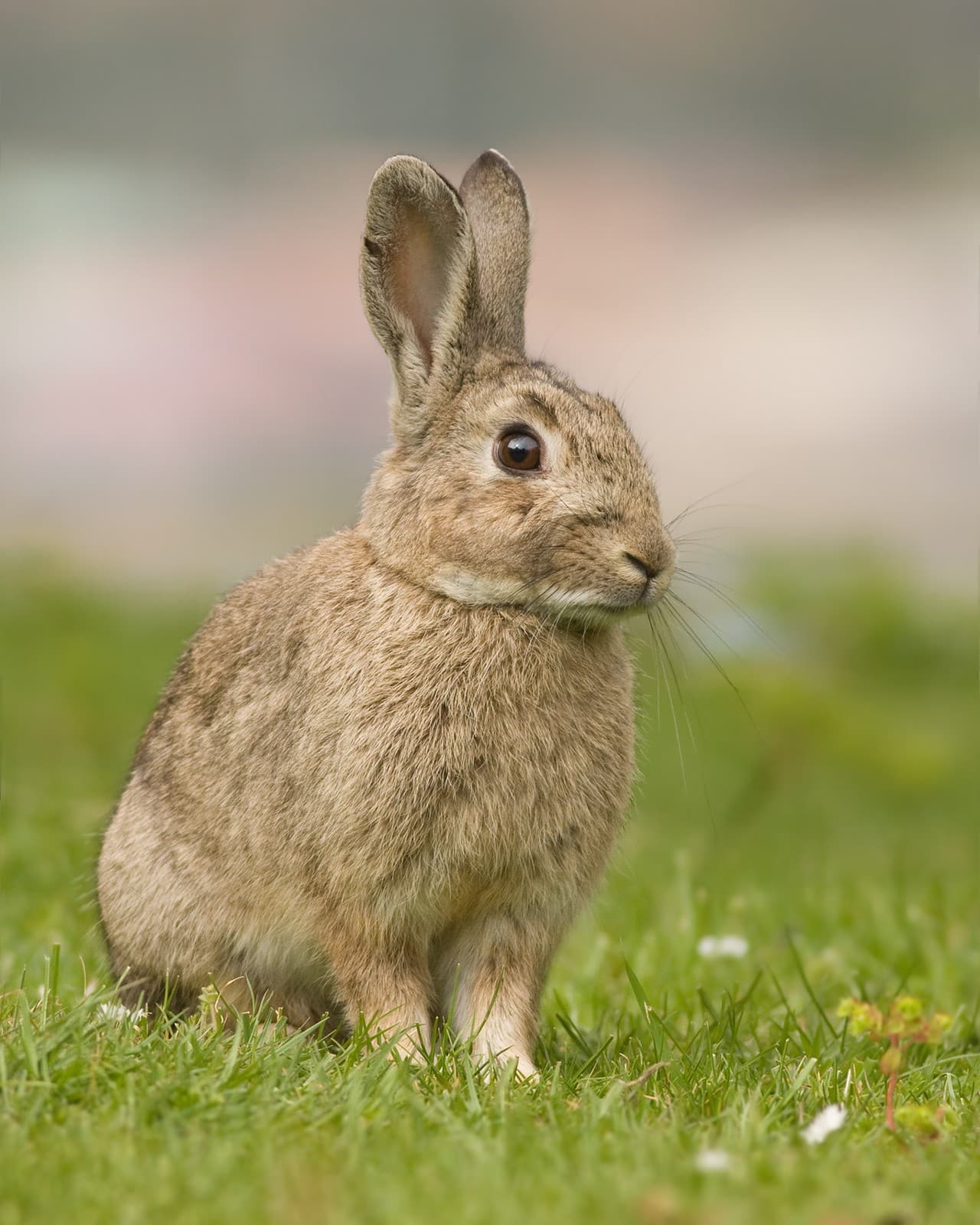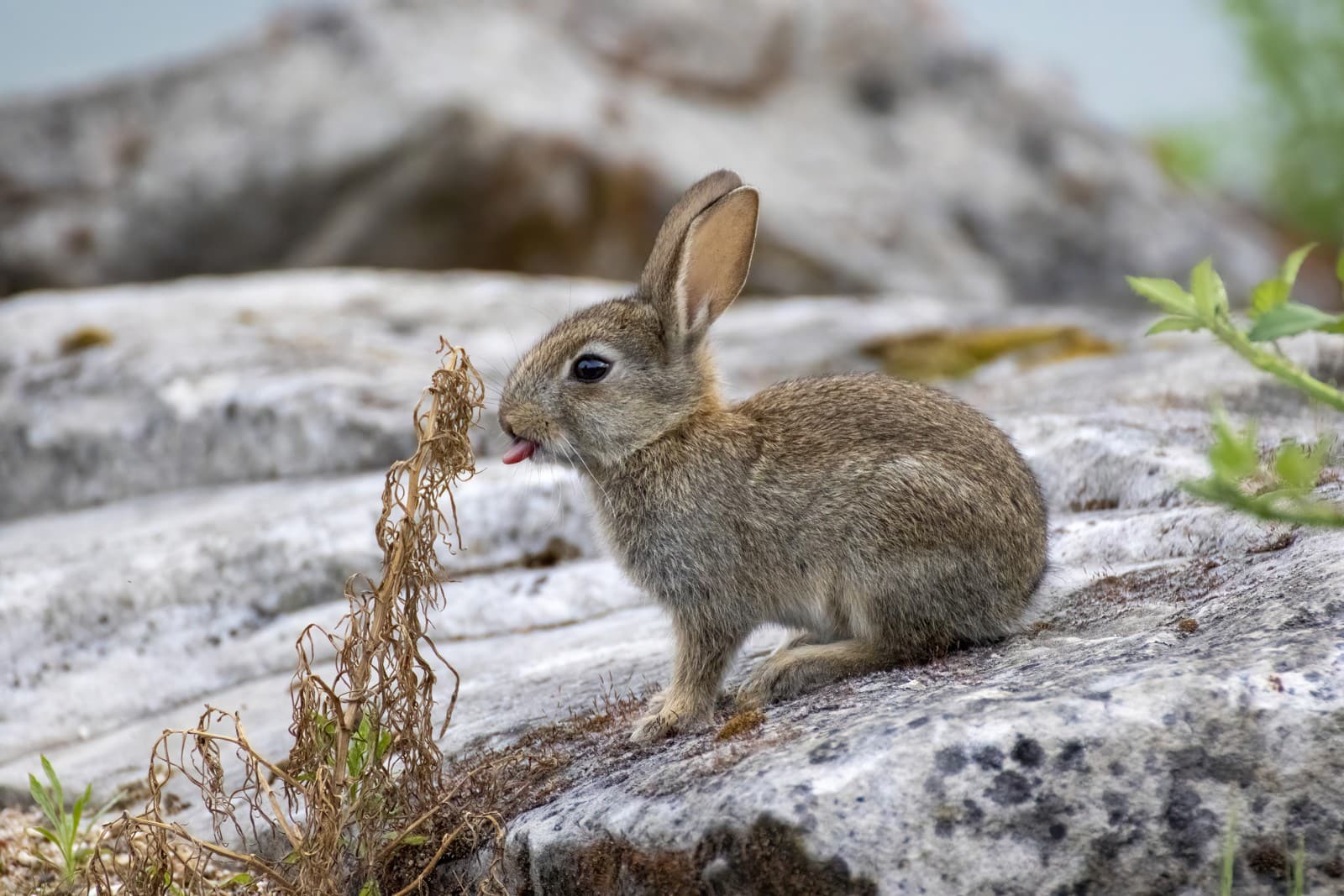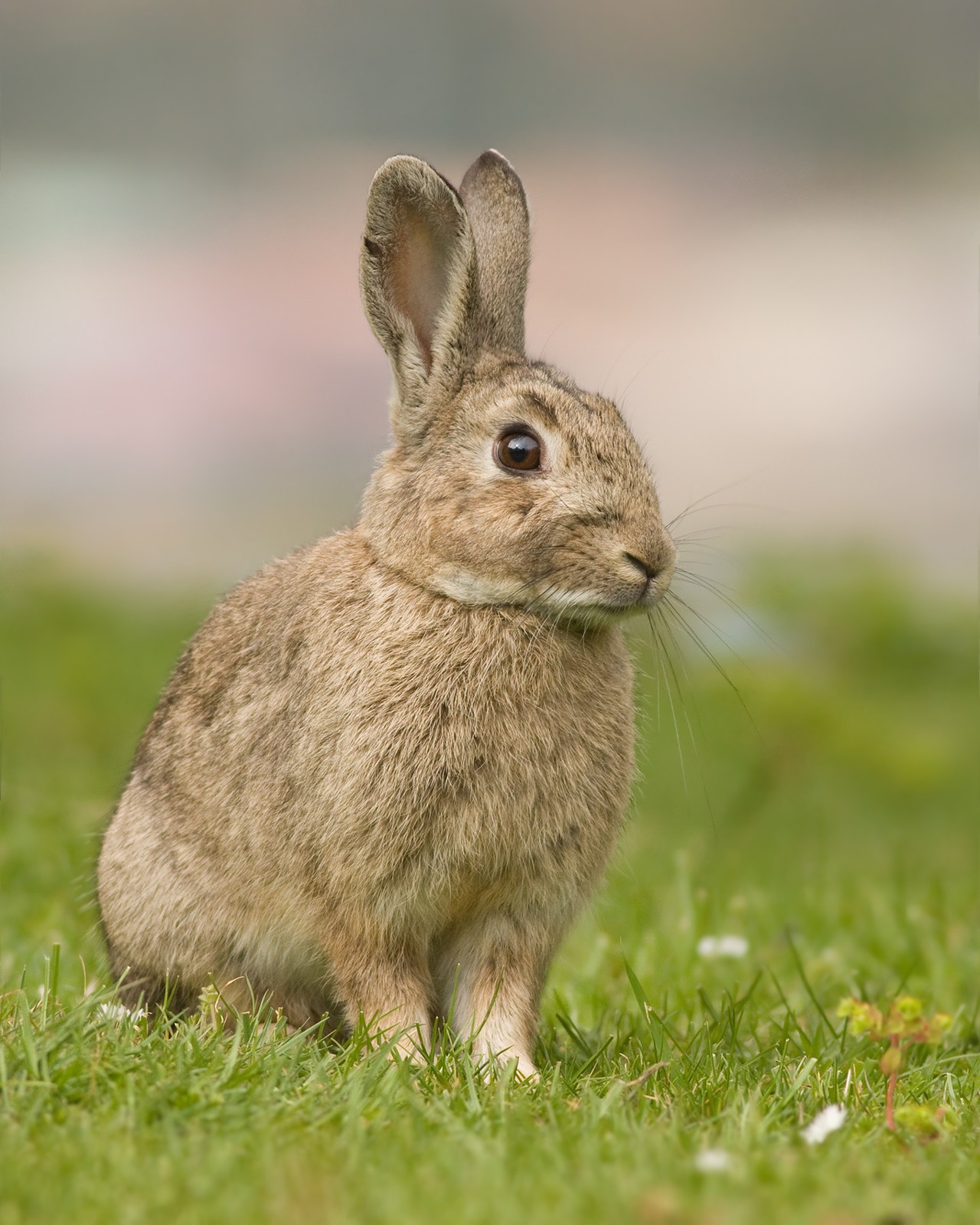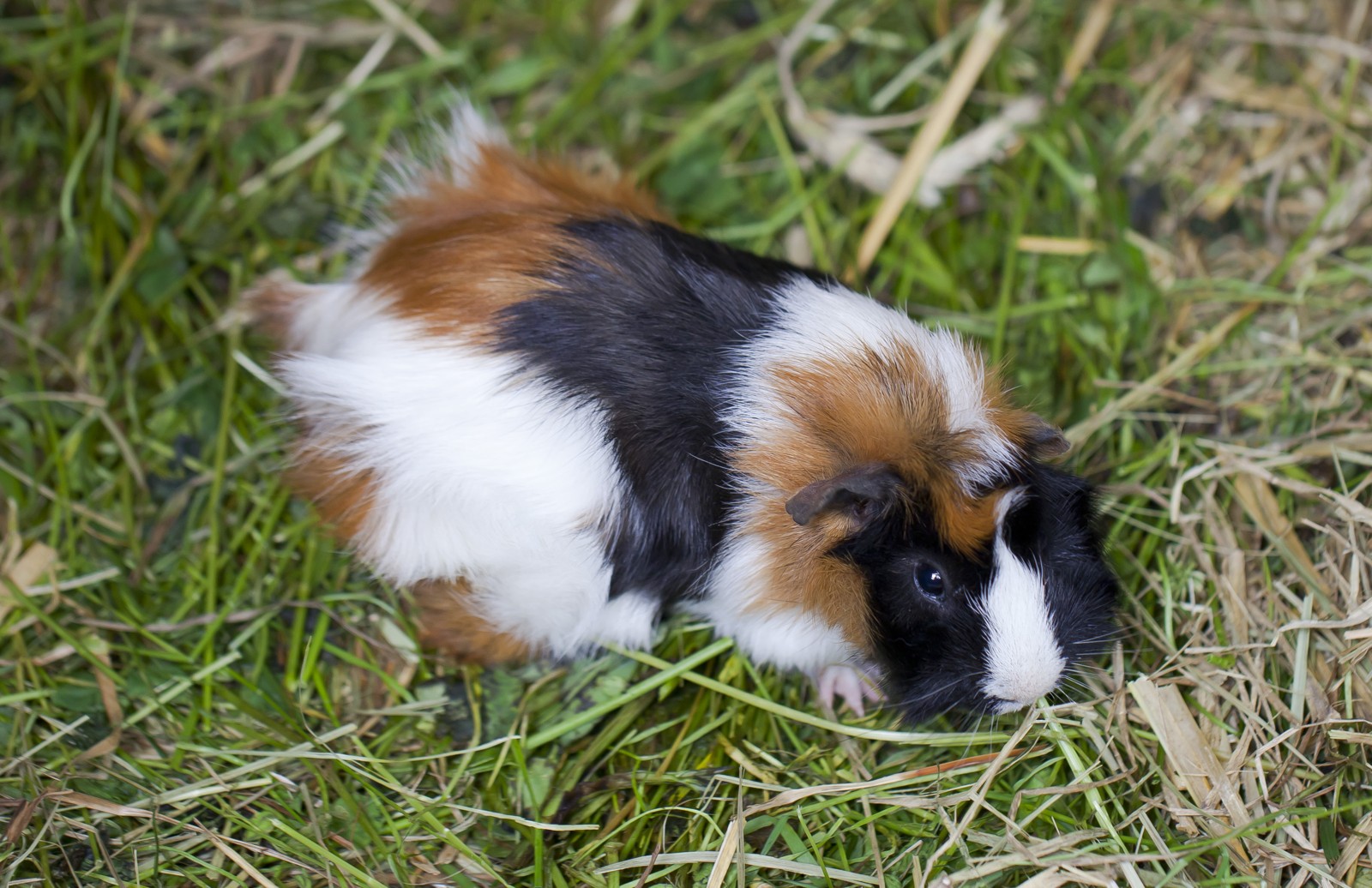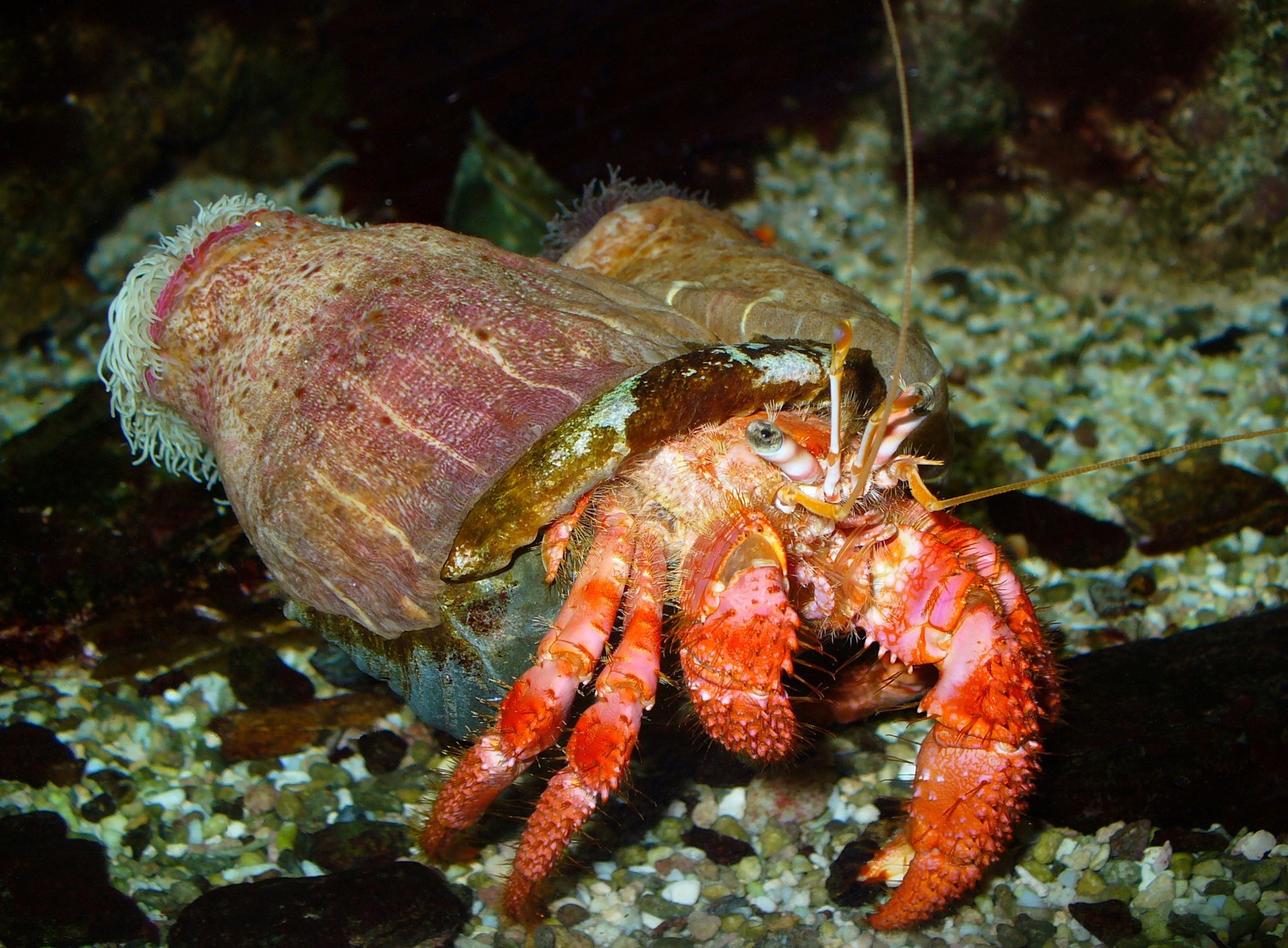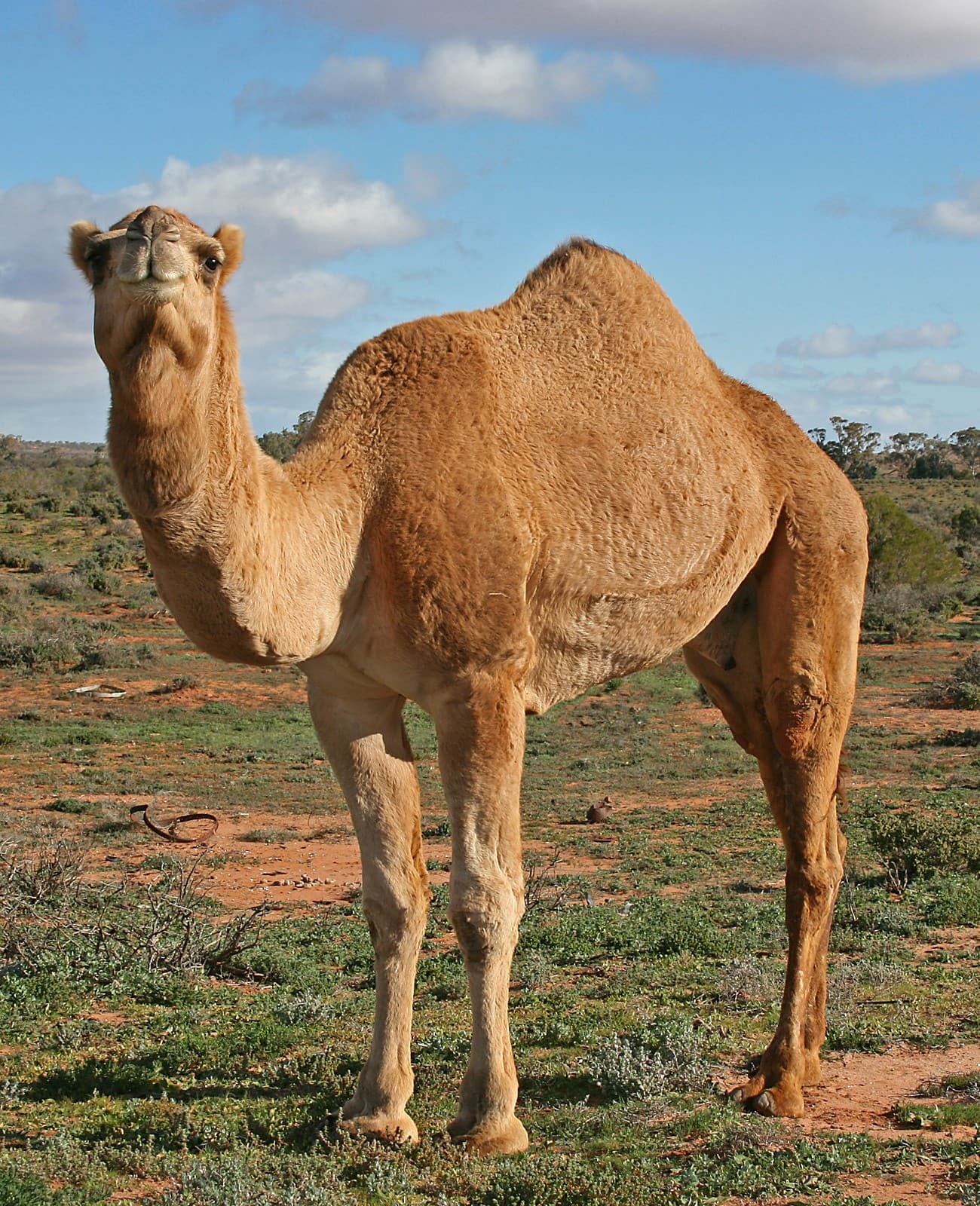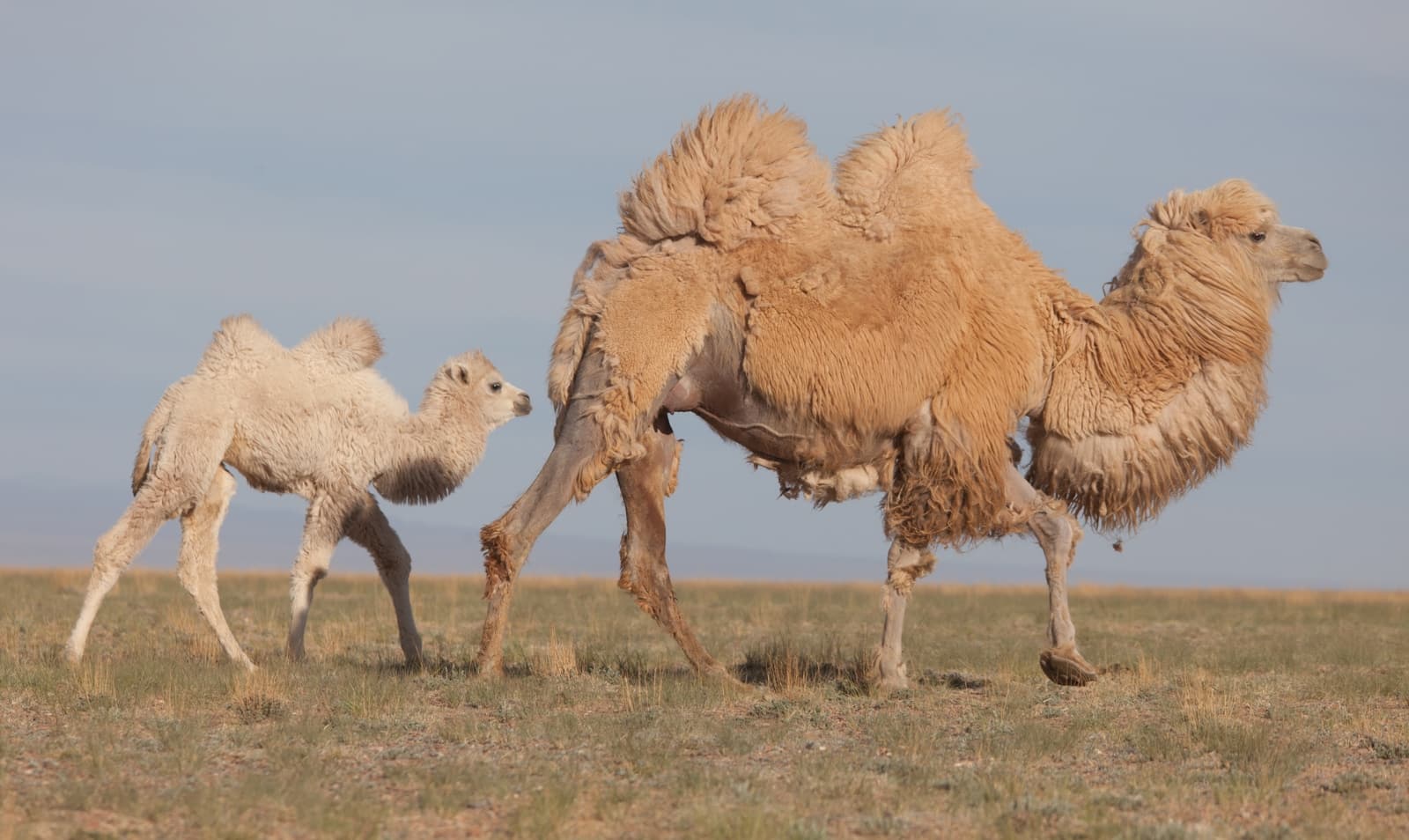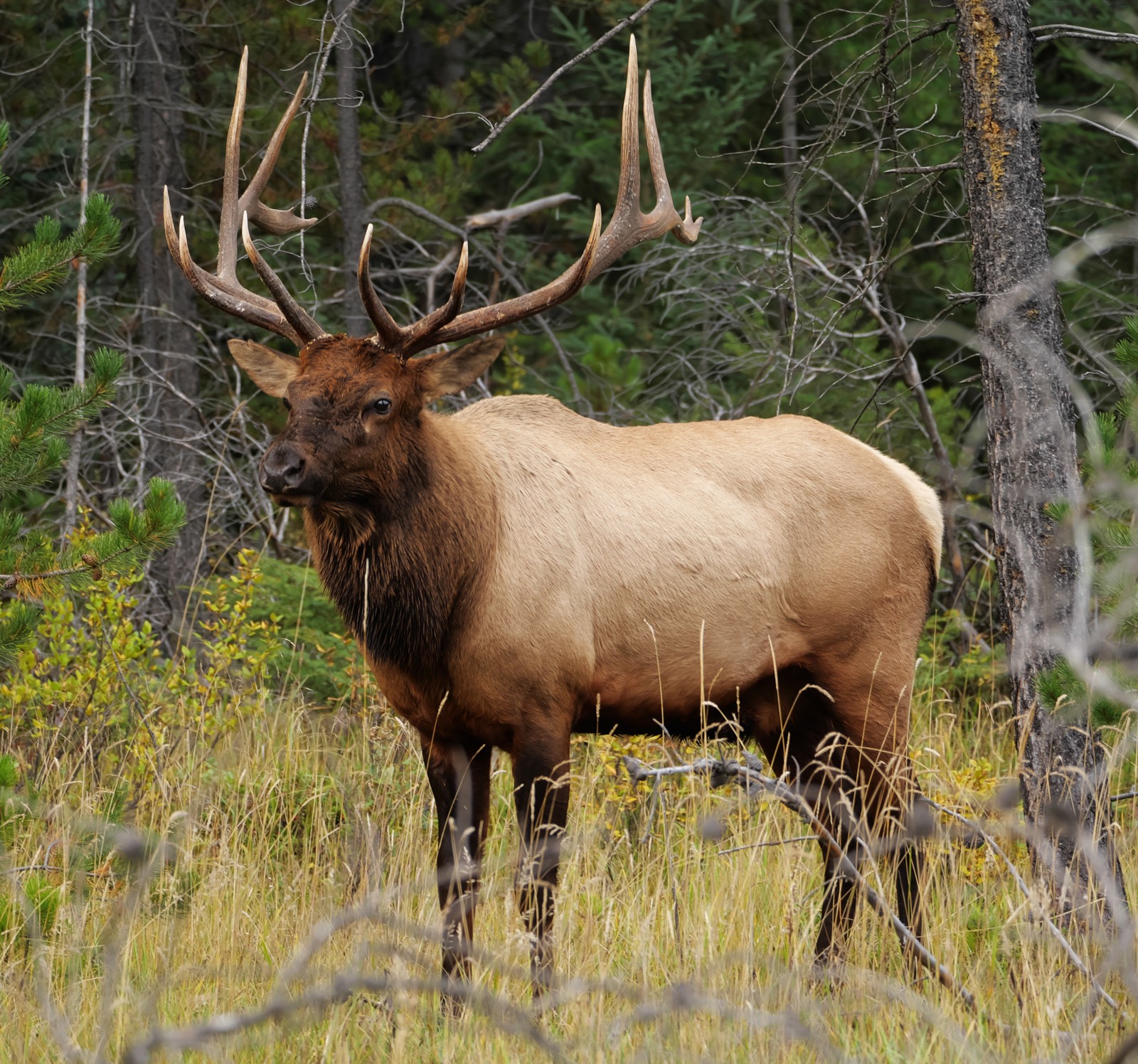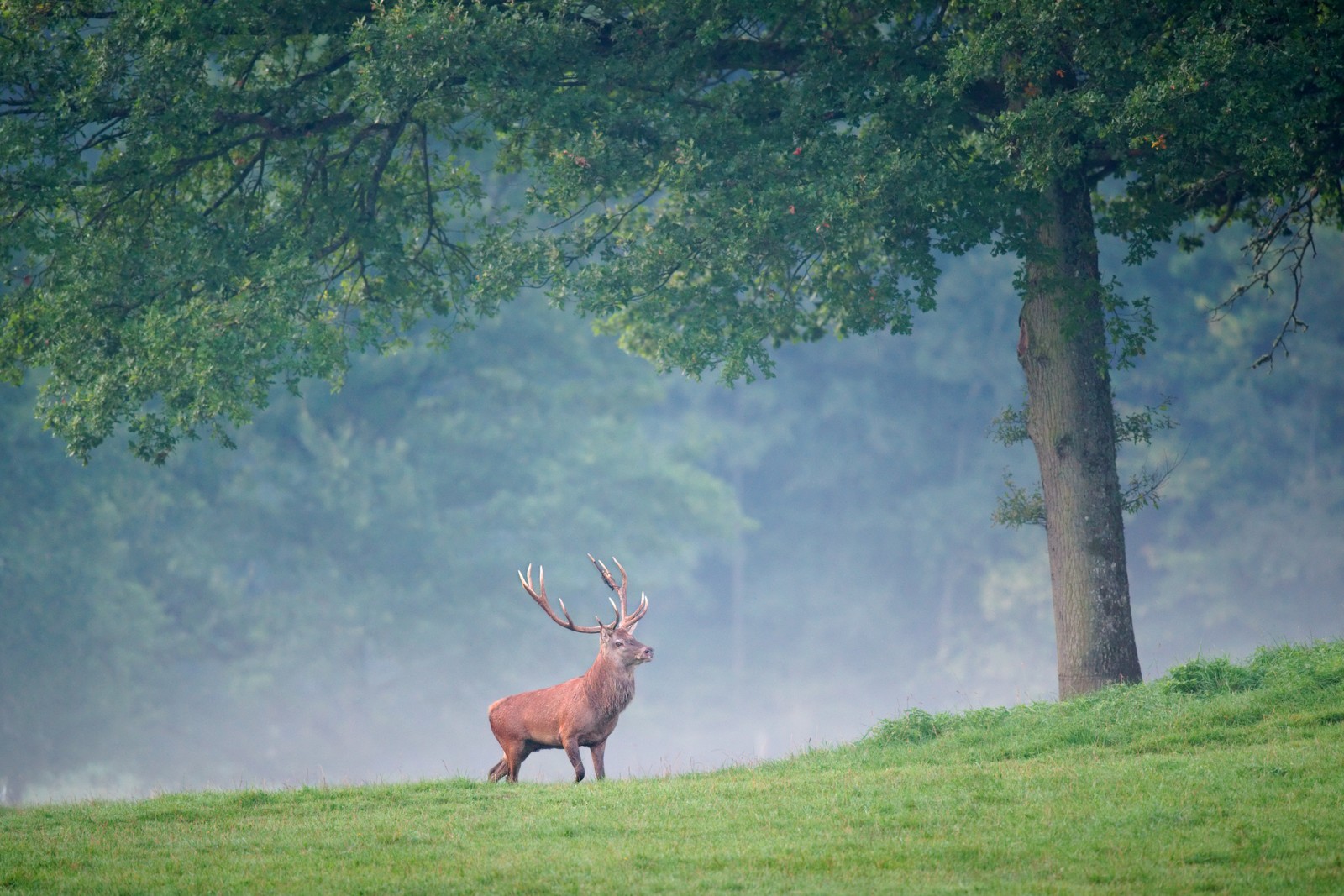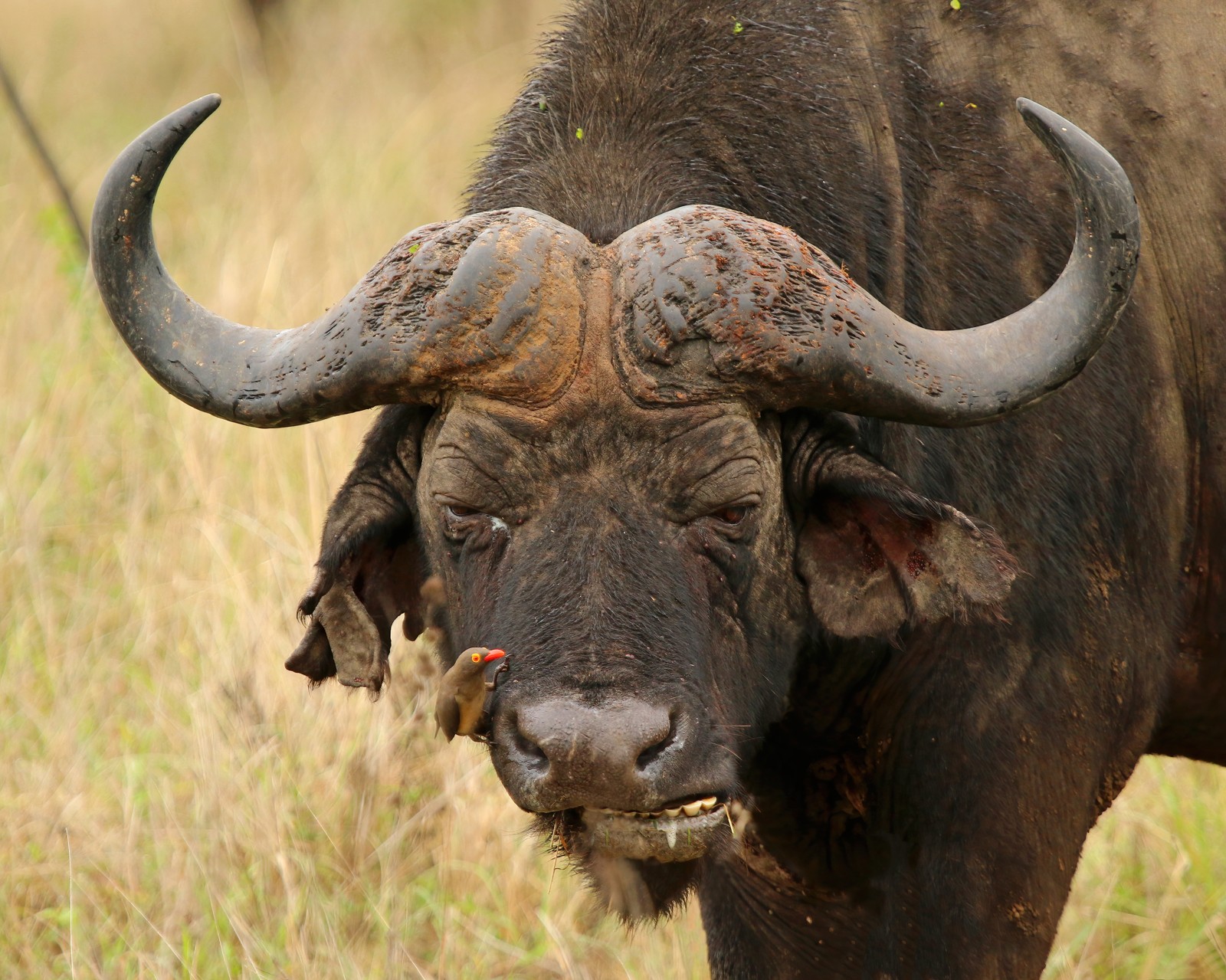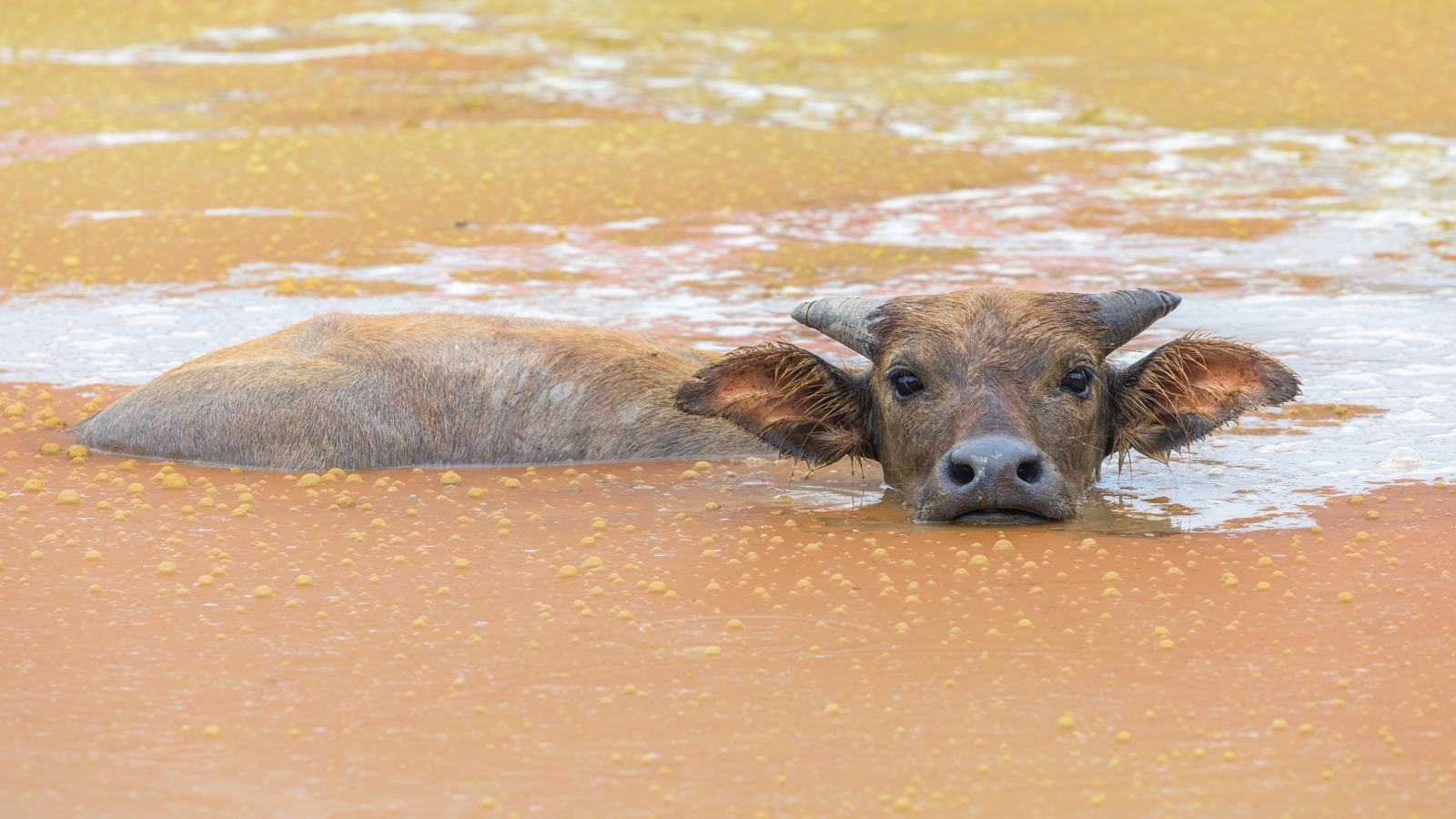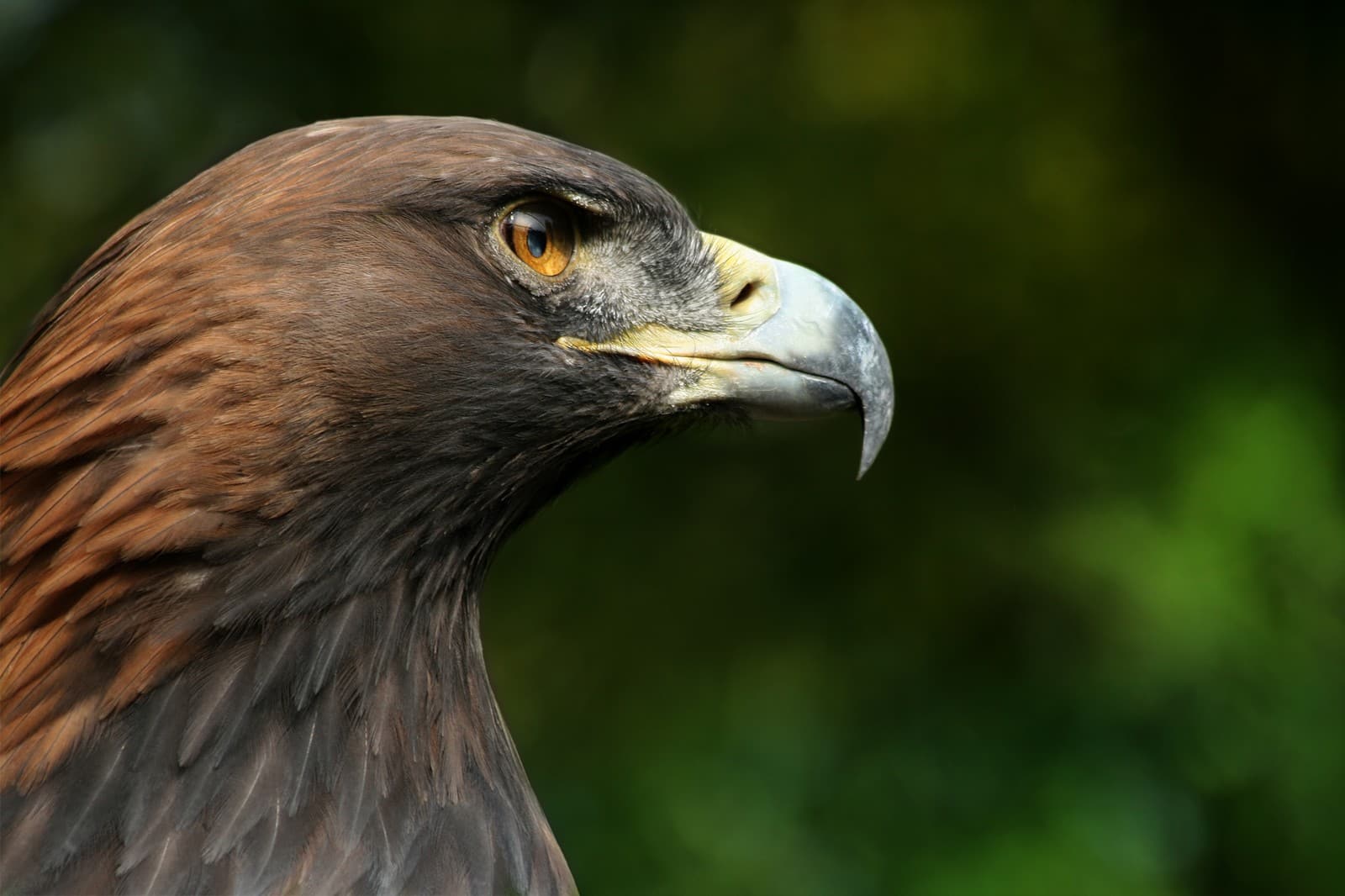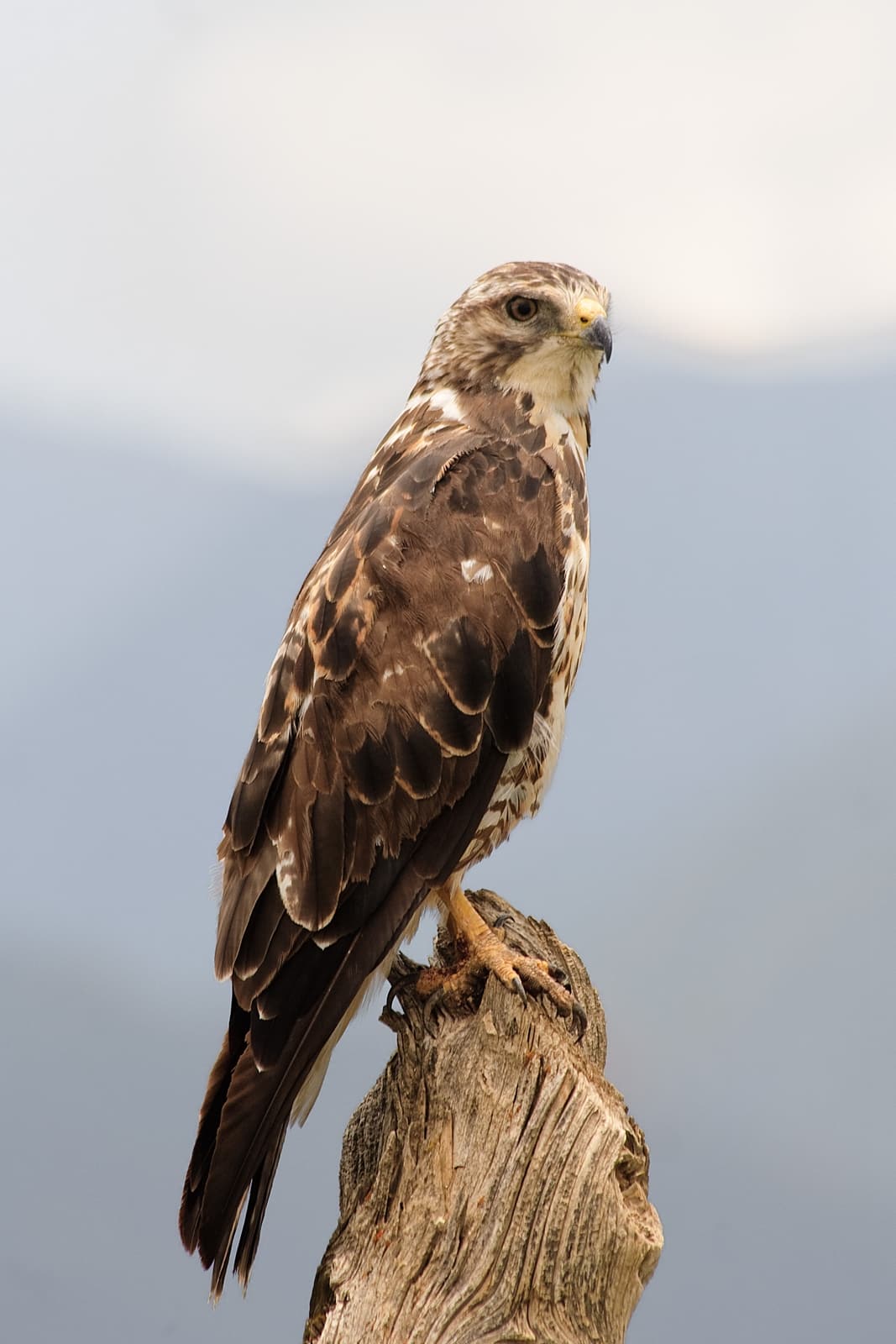Hare vs Rabbit: A Complete Comparison
The age-old hare vs rabbit comparison reveals two remarkably different animals, despite their similar appearances. While both belong to the Leporidae family, hares are typically larger, with adults weighing 6-13 pounds (2.7-5.9 kg), compared to wild rabbits at 2-4 pounds (0.9-1.8 kg). As a wildlife journalist who’s tracked these fascinating creatures across five continents, I can attest that their differences extend far beyond size.
Perhaps the most striking distinction lies in their newborns. Baby hares (leverets) are born fully furred with open eyes, capable of hopping within hours of birth. In contrast, baby rabbits (kits) enter the world blind, hairless, and completely dependent on their mothers for several weeks.
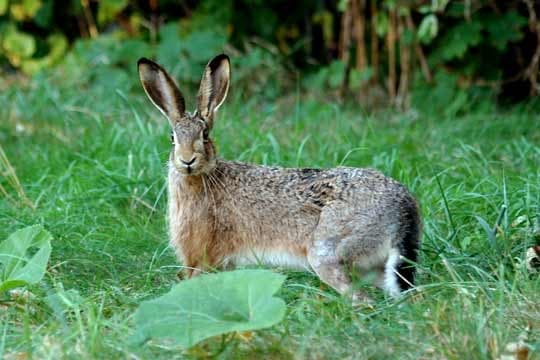
© de:User:Fmickan / CC BY-SA 3.0
The European brown hare exemplifies classic hare characteristics: longer ears, powerful hind legs, and a more upright posture than its rabbit cousins. Note the muscular build adapted for speed and open-country living.
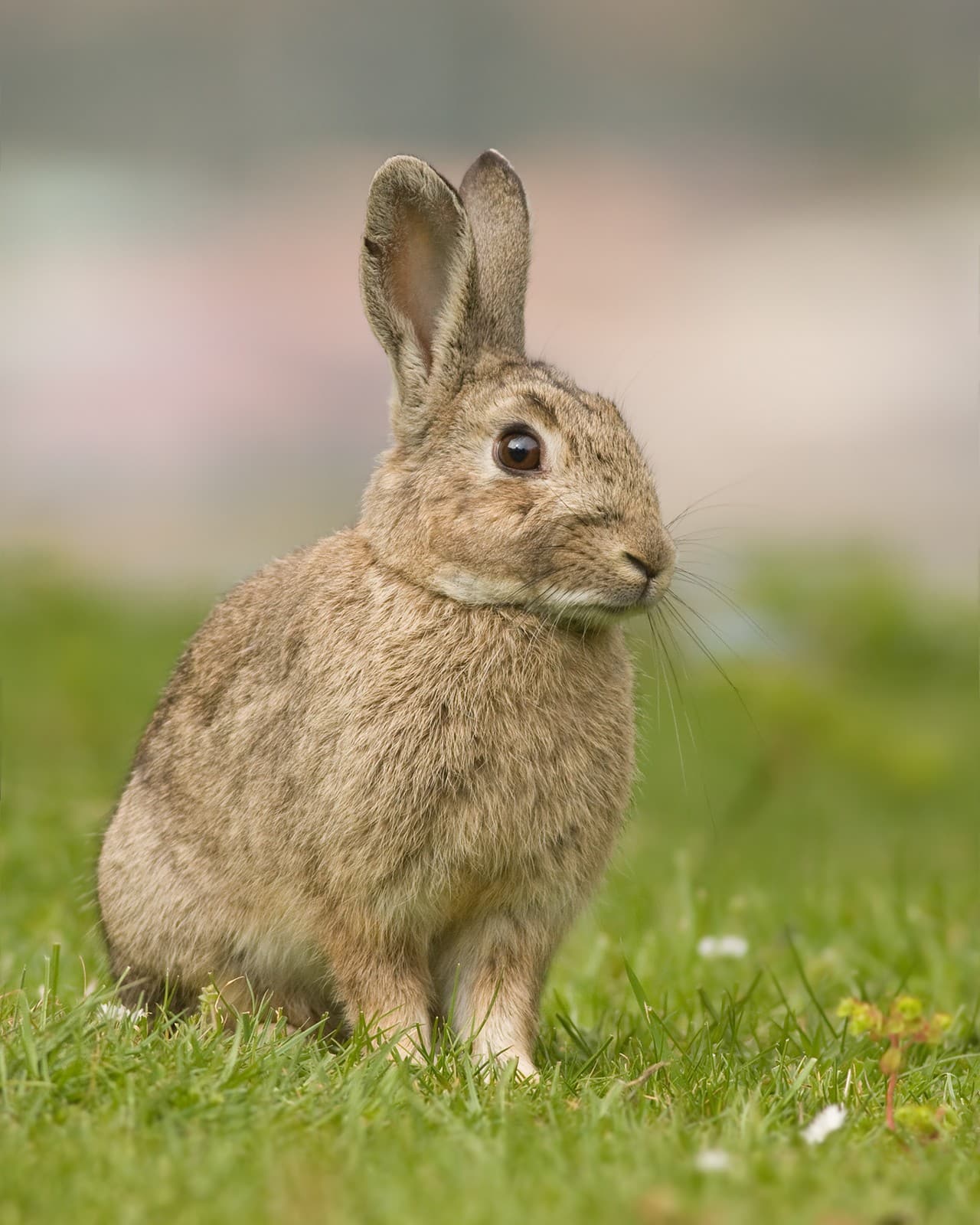
© JJ Harrison (https://www.jjharrison.com.au/) / CC BY-SA 3.0
A wild rabbit displays the species’ characteristic rounded body shape and shorter ears. The compact build helps them maneuver efficiently through dense vegetation and burrow systems.
Key Physical and Behavioral Differences
| Feature | Hare | Rabbit |
|---|---|---|
| Size | 6-13 lbs (2.7-5.9 kg) | 2-4 lbs (0.9-1.8 kg) |
| Ears | Longer, black tips | Shorter, rounded |
| Newborns | Born fully furred, eyes open | Born hairless, eyes closed |
| Habitat | Open fields, no burrows | Underground warrens |
| Social Structure | Solitary | Colonial |
| Running Speed | Up to 45 mph (72 km/h) | Up to 35 mph (56 km/h) |
Habitat and Lifestyle Differences
Hares and rabbits have evolved distinctly different survival strategies. Hares prefer open spaces and rely on speed and agility to escape predators, reaching impressive speeds of 45 mph (72 km/h). They create simple surface nests called “forms” rather than digging burrows.
Rabbits, conversely, are master excavators, creating elaborate underground warren systems that can house entire colonies. These social creatures live in groups, sharing the responsibilities of territory defense and predator detection.
Breeding and Development
The reproductive strategies of hares and rabbits showcase fascinating evolutionary adaptations:
-
Hare leverets:
- Born fully developed
- Can run within hours
- Nursed once daily
- Dispersed in separate locations
-
Rabbit kits:
- Born underdeveloped
- Require 10-14 days to open eyes
- Nursed multiple times daily
- Kept together in nest
Who Would Win: Hare vs Rabbit?
In a theoretical confrontation, hares hold several advantages over rabbits:
- 20-30% larger body mass
- Stronger hind legs
- Greater speed and agility
- More aggressive temperament
While both species typically avoid confrontation, hares’ natural adaptations make them more formidable in physical encounters. During mating season, hares engage in “boxing” matches, displaying fighting capabilities that rabbits rarely exhibit.
Diet and Foraging Behavior
Both species are herbivorous, but their dietary preferences reflect their distinct habitats:
Hares:
- Tougher vegetation including bark and twigs
- More resistant to toxic plants
- Primarily nocturnal feeding
- Seasonal diet variation
Rabbits:
- Softer vegetation and grasses
- More selective feeding habits
- Dawn and dusk activity
- More consistent year-round diet
Understanding these differences isn’t just academic curiosity—it’s crucial for conservation efforts and wildlife management. As climate change and habitat loss continue to affect both species, recognizing their unique characteristics and needs becomes increasingly important for their survival.

